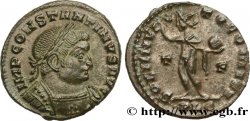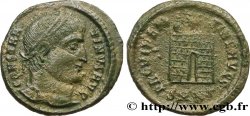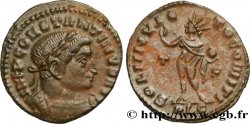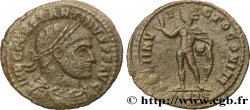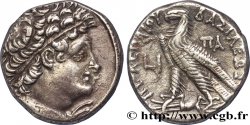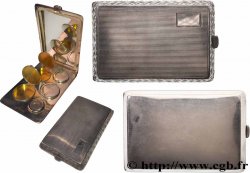Live auction - brm_432286 - CONSTANTINE I THE GREAT Follis ou nummus
You must signin and be an approved bidder to bid, LOGIN TO BID. Accounts are subject to approval and the approval process takes place within 48 hours. Do not wait until the day a sale closes to register. Clicking on "BID" constitutes acceptance of the terms of use of cgb.fr private live auctions.
Bids must be placed in whole Euro amounts only. The sale will start closing at the time stated on the item description; any bids received at the site after the closing time will not be executed. Transmission times may vary and bids could be rejected if you wait until the last second. For further information check the Live auction FAQ
All winning bids are subject to a 18% buyer’s fee.
All winning bids are subject to a 18% buyer’s fee.
| Estimate : | 500 € |
| Price : | 310 € |
| Maximum bid : | 545 € |
| End of the sale : | 13 June 2017 15:01:51 |
| bidders : | 2 bidders |
Type : Follis ou nummus
Date: 313-315
Mint name / Town : Arles
Metal : billon
Millesimal fineness : 20 ‰
Diameter : 18 mm
Orientation dies : 11 h.
Weight : 3,29 g.
Rarity : R3
Officine: 3e
Coments on the condition:
Exemplaire sur un petit flan ovale et épais bien centré à l’usure superficielle. Revers inhabituel. Patine vert foncé
Catalogue references :
Predigree :
Cet exemplaire provient du trésor de Chitry, n° 2154
Obverse
Obverse legend : IMP CONSTANTINVS P F AVG.
Obverse description : Buste lauré, drapé et cuirassé de Constantin Ier à droite, vu de trois quarts en avant (A*).
Obverse translation : "Imperator Constantinus Pius Felix Augustus", (L’empereur Constantin pieux heureux auguste).
Reverse
Reverse legend : MARTI CO-N-SERVATORI// -|-// TARL.
Reverse description : Mars casqué, vêtu militairement marchant à droite, tenant une javeline transversale de la main droite et un trophée reposant sur l’épaule gauche.
Reverse translation : “Marti Conservatori”, (À Mars conservateur).
Commentary
Rubans de type 3. Ptéryges invisibles sous le paludamentum. Complètement inédit et non répertorié. Seulement recensé dans l’ouvrage de P. Ferrando sur l’atelier d’Arles.







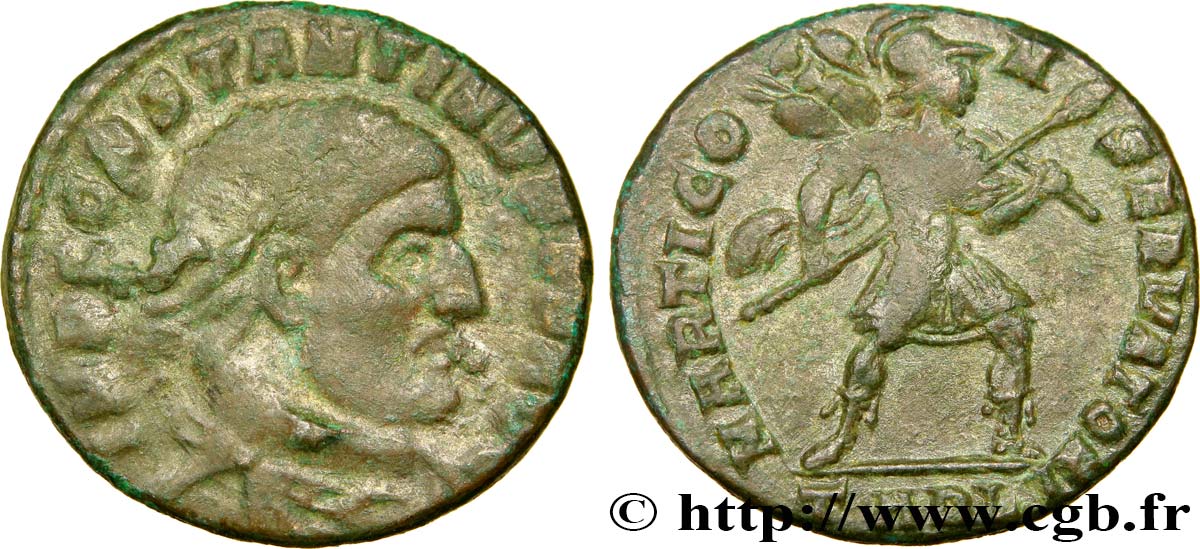
 Report a mistake
Report a mistake Print the page
Print the page Share my selection
Share my selection Ask a question
Ask a question Consign / sell
Consign / sell
 Full data
Full data
